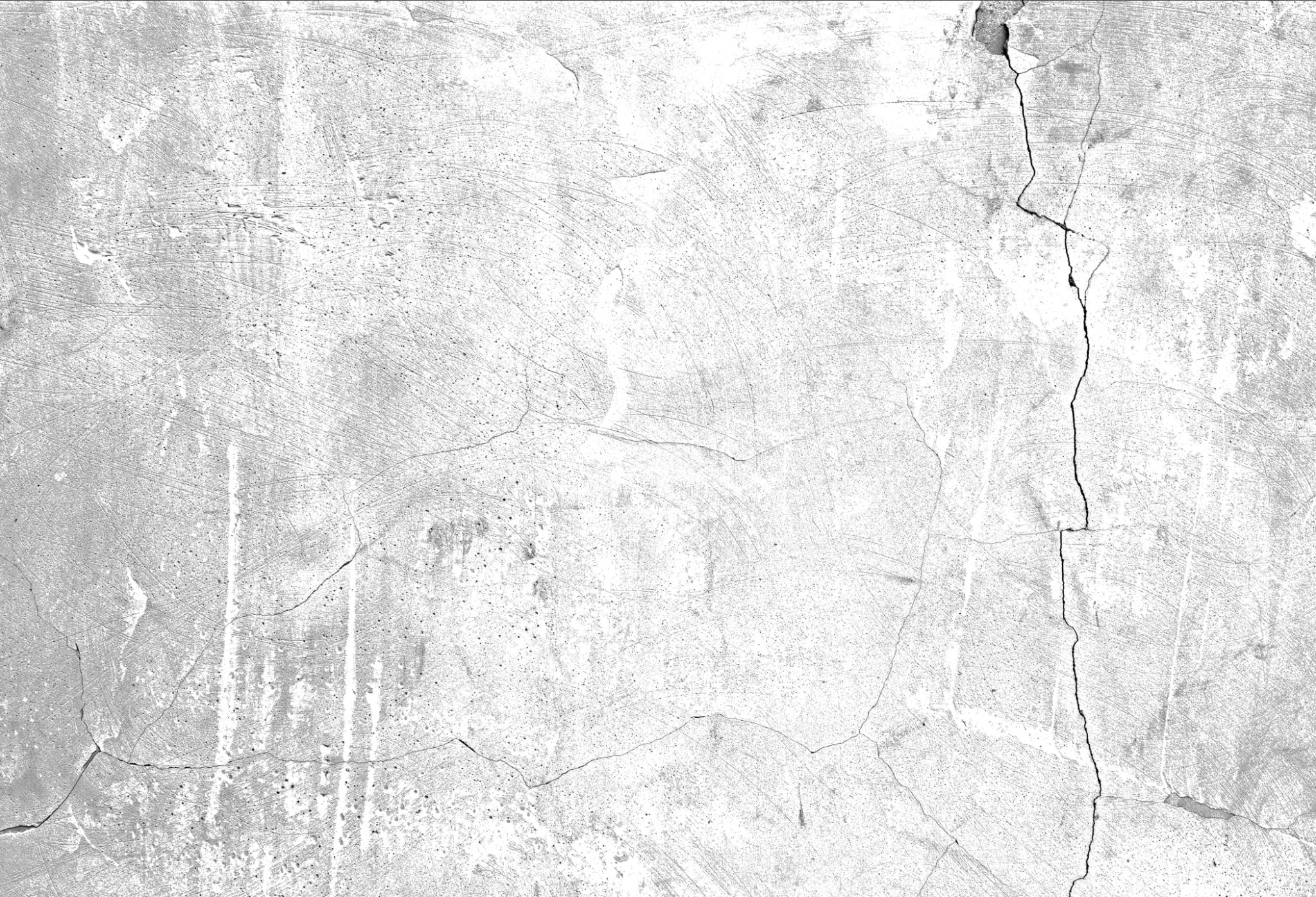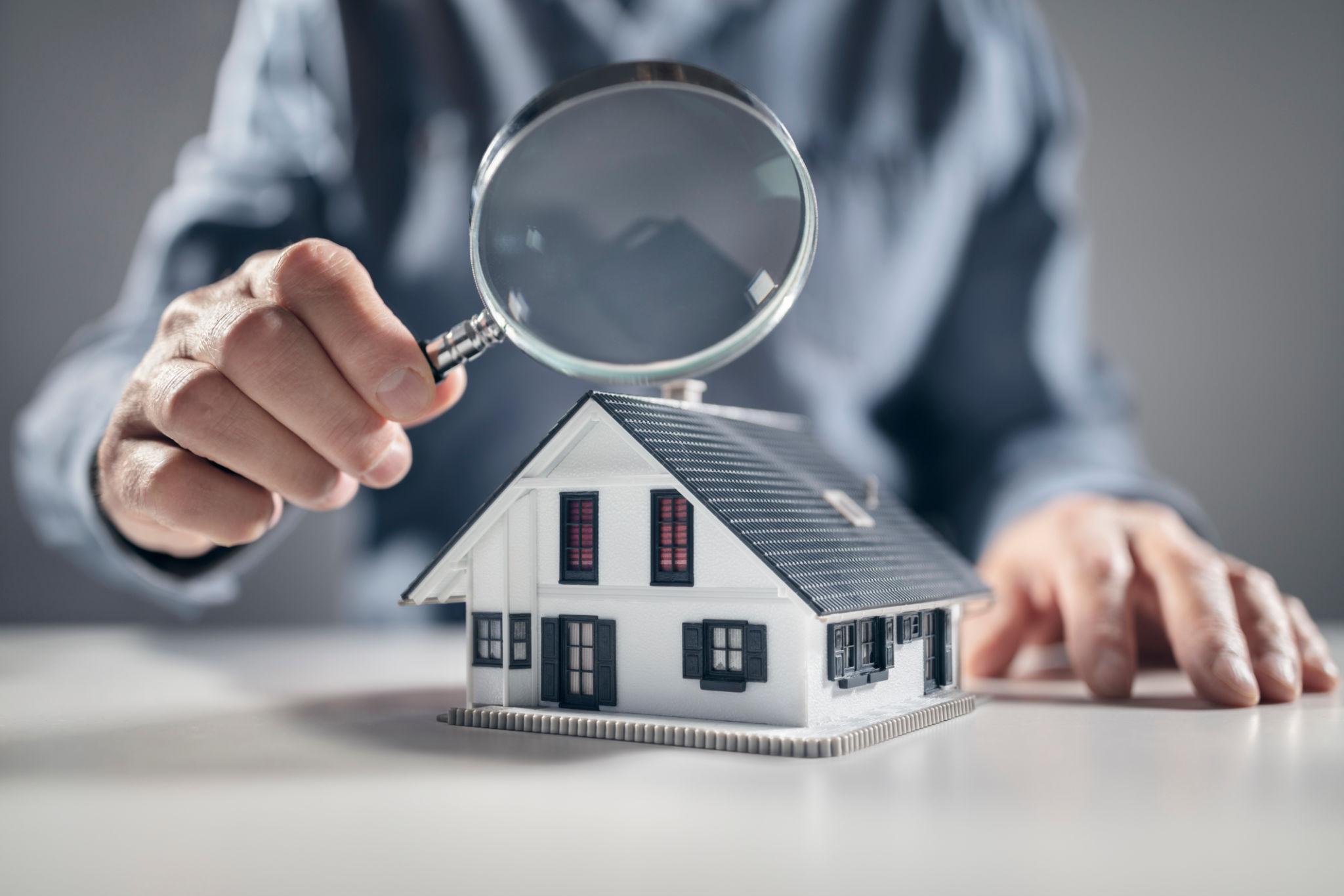DIY Foundation Inspection: Identifying Potential Problems Before They Worsen
Understanding the Importance of Foundation Inspections
The foundation of your home is crucial to its overall stability and safety. Over time, various factors such as soil erosion, water damage, and natural wear can compromise its integrity. Conducting a regular DIY foundation inspection can help identify potential problems before they worsen, saving you from costly repairs and ensuring your home remains secure.

Signs of Foundation Issues
Before diving into a DIY inspection, it's essential to know what to look for. Some common signs of foundation problems include:
- Cracks in walls or floors: Small hairline cracks are often normal, but large cracks could indicate a more serious issue.
- Doors and windows that stick: If your doors and windows aren't closing properly, it may be due to foundation shifts.
- Uneven or sloping floors: Noticeable dips or slopes in your flooring could be a sign of foundation movement.
Conducting a Visual Inspection
Begin your inspection by walking around the exterior of your home. Look for any cracks in the foundation itself, especially near corners. Pay attention to any gaps between bricks or stones, as these could signal a shift in the foundation. Inside your home, examine walls and ceilings for cracks or signs of water damage.

Checking for Water Damage
Water damage is a common cause of foundation issues. Inspect your basement or crawl space for any signs of moisture, mold, or mildew. Ensure that your gutters and downspouts are directing water away from the foundation to prevent pooling around the base of your home.
Using Simple Tools for Inspection
You don't need sophisticated equipment for a basic inspection. A straightedge or a level can help you identify uneven floors. A flashlight will be useful for checking dark corners or crawl spaces. Additionally, using a tape measure can help you monitor the size of any cracks over time.

Documenting Your Findings
As you conduct your inspection, document any issues you notice. Take pictures of cracks or areas of concern to compare over time. Keeping a record will help you track any changes and decide when professional intervention might be necessary.
When to Call a Professional
While a DIY inspection can identify potential problems, some situations require the expertise of a professional. If you notice significant cracks, water pooling, or if your floors feel unstable, it’s time to consult with a foundation expert. Early intervention is key to preventing extensive damage.
In conclusion, regular DIY foundation inspections are an effective way to maintain your home's structural health. By identifying potential issues early, you can address them before they become major problems, ensuring the safety and stability of your home for years to come.